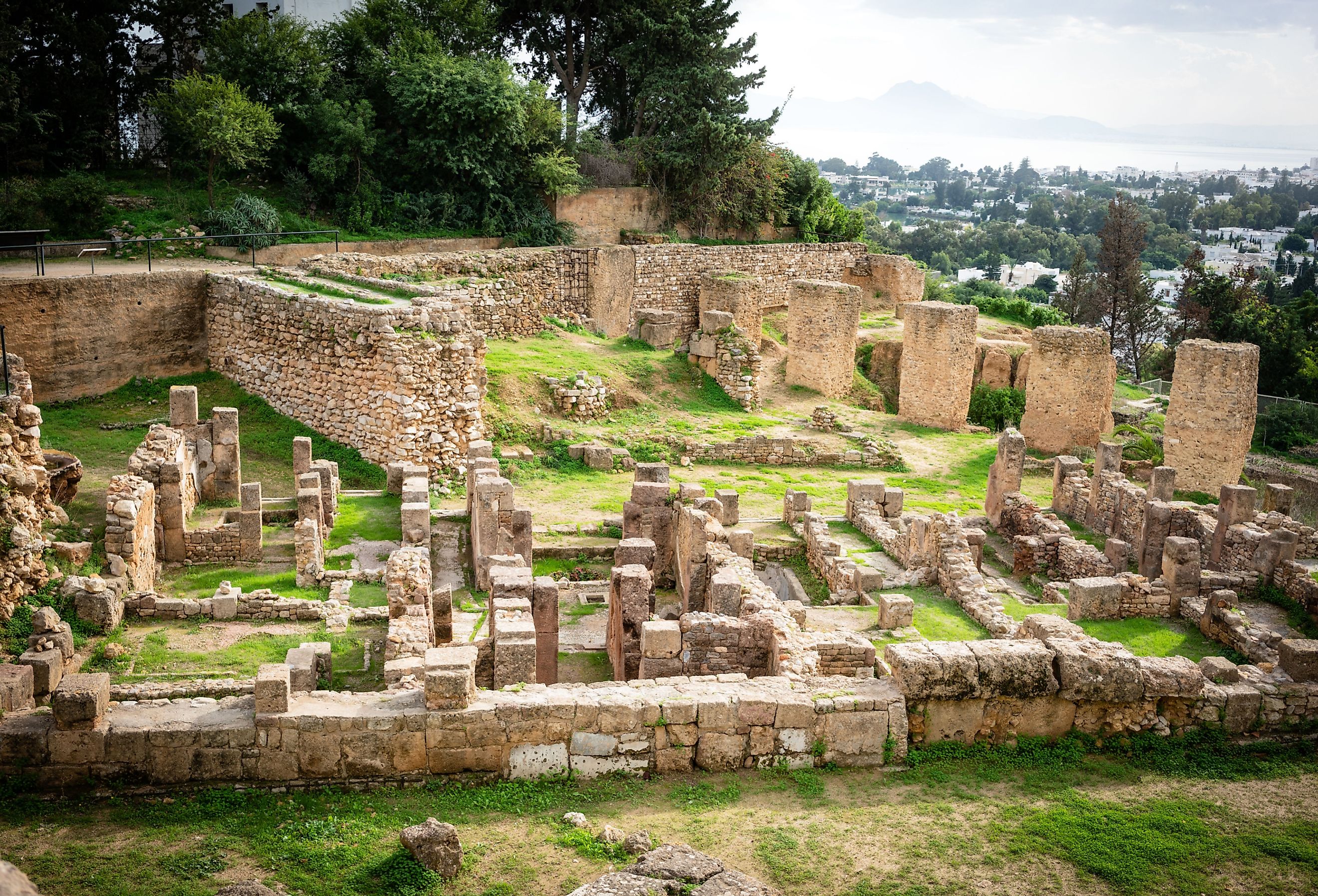
9 Of The World's Greatest Ancient Roman Cities
During the Roman golden age, otherwise known as the Pax Romana (Roman Peace), the Roman Empire stretched across most of Europe, Northern Africa, and the Middle East. With nearly a quarter of the world's population living within its borders, it is no wonder that the Roman Empire was home to some truly marvelous cities.
While it is true that most of the great cities that lay within Roman territory were not founded by the Romans directly but rather conquered by them instead, it does not negate the endless contributions the Romans made to each city that they controlled. No matter how big or small, if the Romans were living there they were going to make sure to leave their mark.
Athens
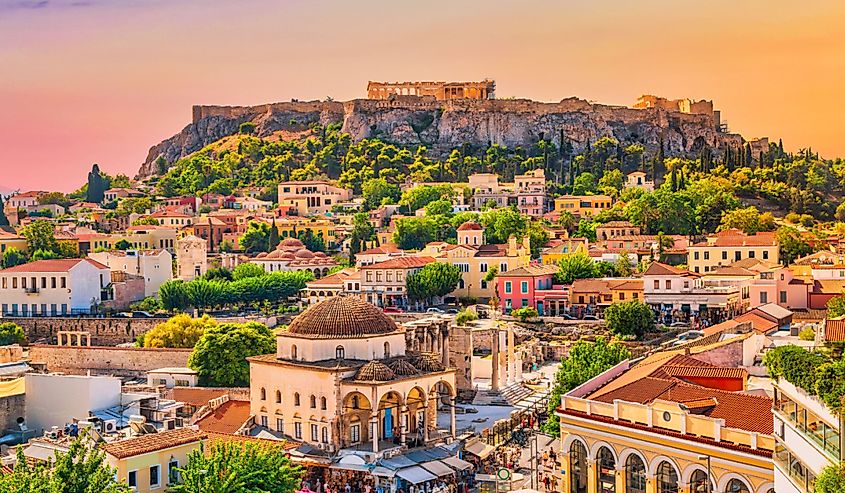
For centuries, Athens was the beating heart of Classical Greece. Many of history's greatest philosophers, scientists, and intellectuals called Athens home at one point or another. The birthplace of democracy and arguably Western Civilization, Athens remained one of Rome's most valued cities long after it was conquered by the Roman general Sula in 86 BC.
When Sula's armies first took control of the city they destroyed large sectors of private homes and dwellings. Despite the destruction of large parts of Athens, most of the public buildings and other wonders were spared.
Romans were incredibly xenophobic when it came to other cultures. The only people who were spared from Rome's disdain were the Greeks. Even as Roman legions marched across Greece and captured city after city, there relatively careful to make sure they did not damage any of the cultural buildings the Greeks had erected. A privilege that would not be granted to anyone else in Roman history.
Athen continued to be a center of learning and science well past the fall of Rome in 476 AD and would contribute to great things in the Byzantine Empire.
Alexandria
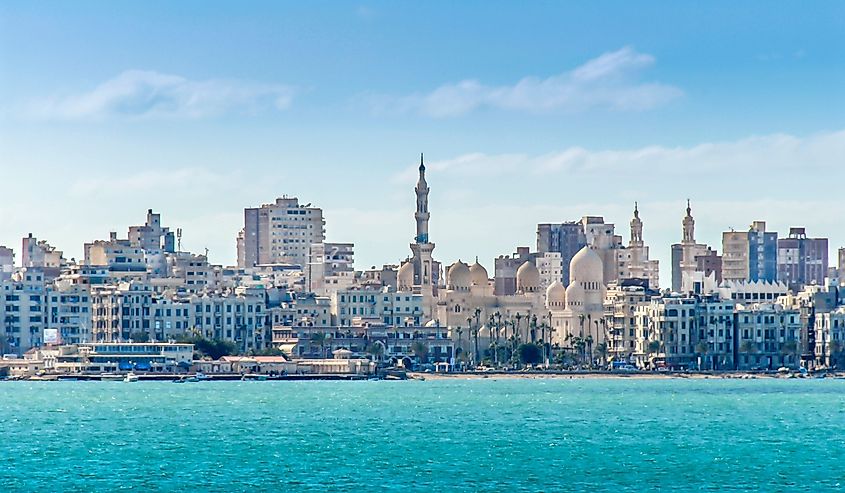
Originally named Rhakotis by the Ancient Egyptians, the city that we know as Alexandria was renamed by none other than Alexander the Great himself during his conquest of Egypt in 332 BC. Of all the countless cities named after Alexander, Alexandria was certainly the greatest of them all.
The Romans wrestled control of Egypt and Alexandria from the hands of the last remnants of the Ptolemaic Dynasty in 30 BC. Egypt immediately became one of the most valuable Roman provinces overnight thanks to its near-endless supply of grain and bread.
Egypt would serve as the agricultural backbone for the Roman Empire and it was in Alexandria where all of the grain and supplies would be sent out across the Mediterranean Sea and into the rest of the empire.
Aside from its practical usage, it held significant cultural meaning as well. Alexandria was where the Tomb of Alexander the Great was located. Alexandria would also play a crucial role in the early spread of Christianity and remains a holy city of the faith even to this day.
Syracuse
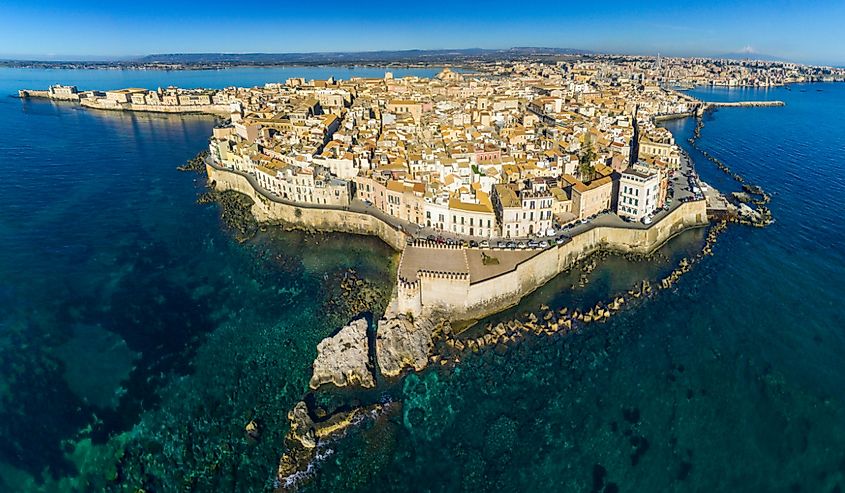
Syracuse was one of the largest Greek colonies in the Ancient World. As early as 734 BC the city of Syracuse began to take shape after it was settled by a group of Corinthians led by a Greek aristocrat named Archias.
The power of the city would wax and wane until it was eventually seized by the Romans in the First Punic War in 211 BC. During these turbulent times, the famous inventor and mathematician Archimedes would make the most of his breakthroughs.
He is of course best known for creating the Archimedes Screw along with countless other mathematical achievements. He is even rumored to have developed a large mechanical claw that was capable of grabbing and capsizing Roman ships that got too close to the city walls.
Archimedes was tragically killed at the hands of a Roman soldier during the sack of Syracuse but his legacy lived on under Roman occupation. Syracuse would remain a place of great learning and was one of the most important places during the years of the Roman Republic. The Romans would use Syracuse as a naval base to project its power out into the Mediterranean Sea.
Antioch
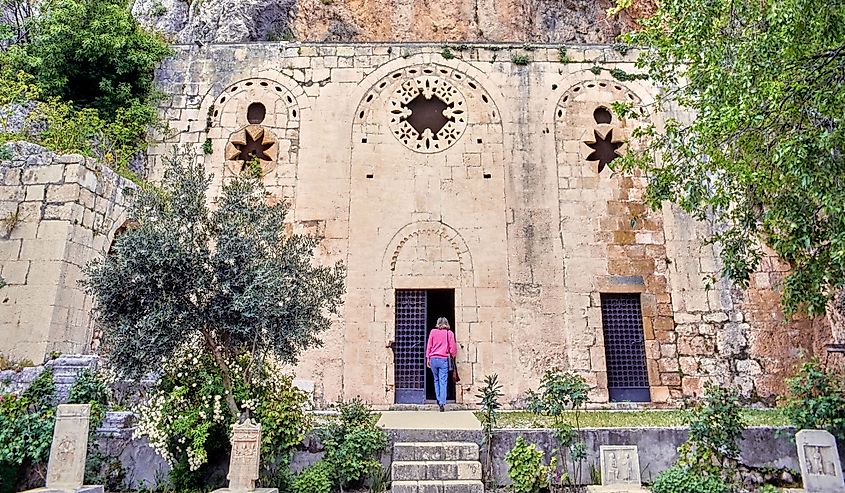
Antioch was first founded by Seleucus I Nicator, one of Alexander the Great's generals, in 300 BC. It would eventually fall into Roman hands during their stunning conquest of the Levant and Seleucid Empire in 64 BC.
Antioch was made the provincial capital of Syria and home to some of the greatest public works in the Roman Empire. Its population was enormous for the time and the city served as a main defensive point in the near-endless conflicts against the Persians for centuries to come.
Like Alexandria, Antioch was an invaluable center for early Christianity. The city was the headquarters of the missionary work made by St.Paul from 47 AD - 55 AD and is still home to some of the most stunning churches in the world.
Carthage
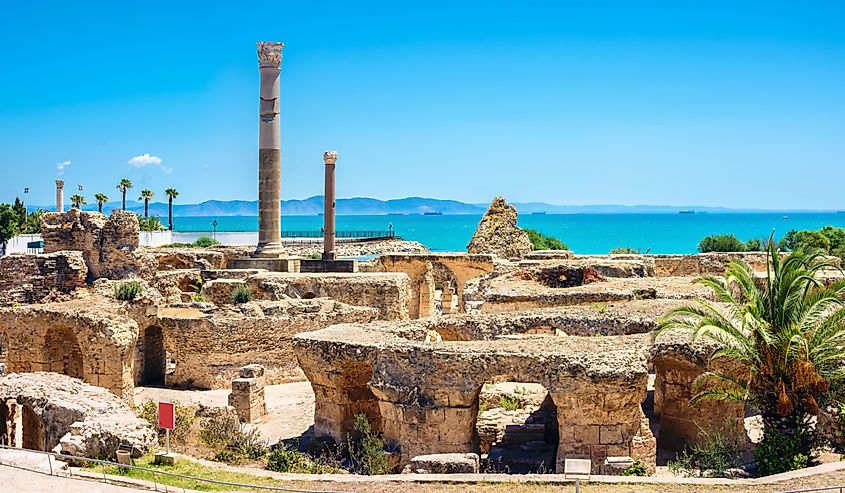
The port city of Carthage was once the seat of power for Rome's most hated and feared rival during the time of the Roman Republic. Rome and Carthage would go to war three separate times to determine who would control the Western Mediterranean. Rome would eventually get the upper hand in each conflict but not without Carthage nearly destroying the Romans on more than one occasion.
Once Carthage was in Roman hands it remained one of the most important places in the empire. Despite the city being almost destroyed by the Romans when they initially conquered the city, it did not take Carthage long to rebound and become just as prosperous as some of the large urban centers in the east.
When the Roman Empire split into two halves in the 3rd century, Carthage became the foundation on which the Western Roman Empire was built. Carthage and the rest of the province of Africa were the breadbasket of the West. Carthage was also a favorite vacation spot for Roman emperors over the centuries but none of them ever resided there permanently.
Ravenna
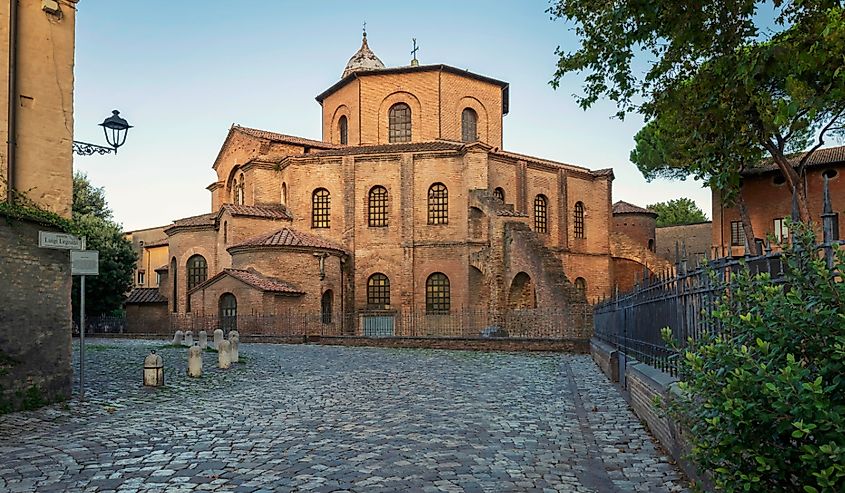
Ravenna was originally a backwater located within the Po River Valley that the early Romans paid little attention to. It was only when a military port was constructed there by Augustus in the early days of the Roman Empire did the city begin to grow. As the Roman Navy expanded, it would use Ravenna as a place to dock its fleet that patrolled the Adriatic Sea, a body of water that was notorious for piracy.
In the twilight years of the Western Roman Empire, the capital was moved from Rome to Ravenna. This was done in fear of Barbarian invasion and it was thought that Ravenna was a much easier city to defend than Rome. Ravenna was decorated with many early Christian monuments during its short 74 years as capital.
Ravenna would remain the seat of Roman power until the collapse of the Western Empire in 476 AD.
Mediolonum
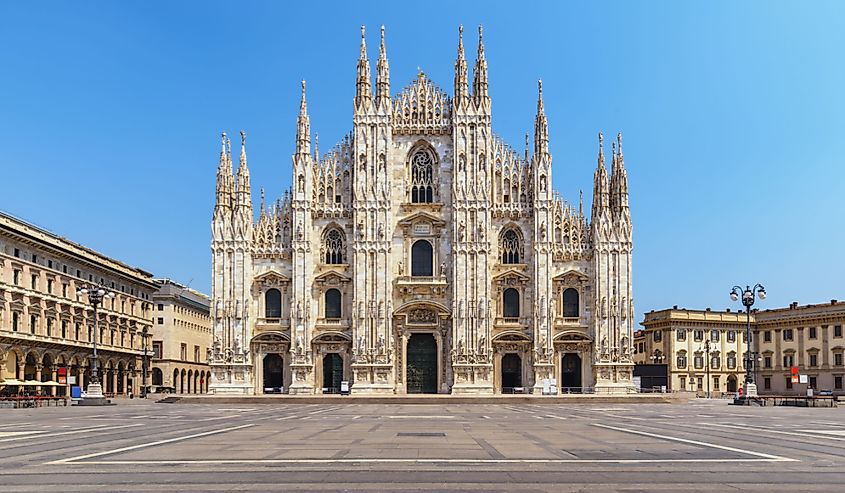
Mediolonum, the city that is now modern-day Milan, was first settled by Gallic peoples around 600 BC. The Romans would eventually annex the city in 222 BC. Even by the time of the Roman conquest, Mediolonum was the largest and most prosperous city in Northern Italy.
Much like Ravenna, Mediolonum was made the defacto capital of the Roman Empire in the early 4th century. While not officially holding the title of capital, Mediolonum was where all of the most powerful and influential politicians and aristocrats would live for much of the remaining existence of the Western Roman Empire.
Sadly, in 452 AD the infamous Attila the Hun attacked and devastated the city. Mediolonum would remain a shell of its former self until it was destroyed by the Goths in 539 AD.
Constantinople
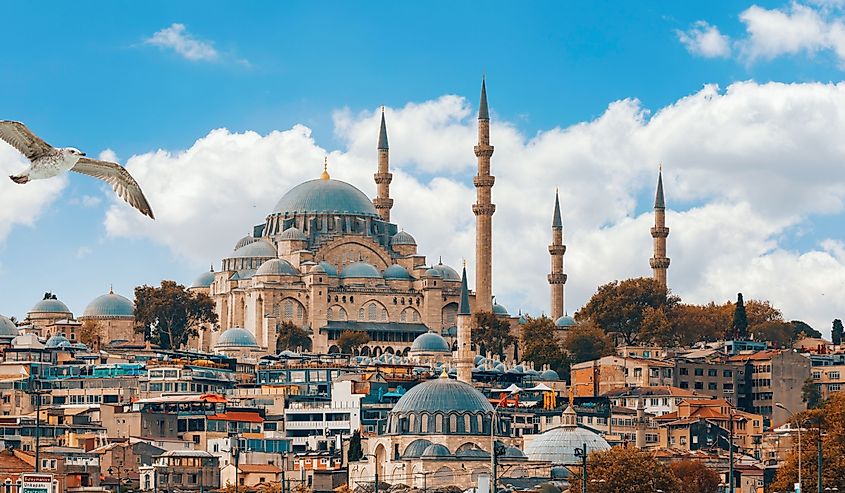
Originally a small Greek city on the Black Sea, the Roman emperor Constantine the Great would transform this once unassuming hamlet into a thriving metropolis that would be the envy of the world. A place of commerce, science, art, and culture. Constantinople would arguably exceed Rome in importance and influence at its apex.
During its time in Roman hands, great wonders like the Hagia Sophia, Hippodrome, and the Hadrian Walls would leave the rest of the world in utter awe and amazement. Constantinople was the epicenter of academia in Medieval Europe and played a crucial role in preserving Roman history, law, and art.
Up until its tragic sacking at the hands of Crusaders in 1204, Constantinople was one of the most advanced and wealthiest cities on Earth and had been so since its official founding in 330 AD. Constantinople would serve as the seat of the Roman emperor for most of its existence until the city was finally captured by the Ottoman Turks in 1453 marking a definitive end of the Roman Empire.
Rome
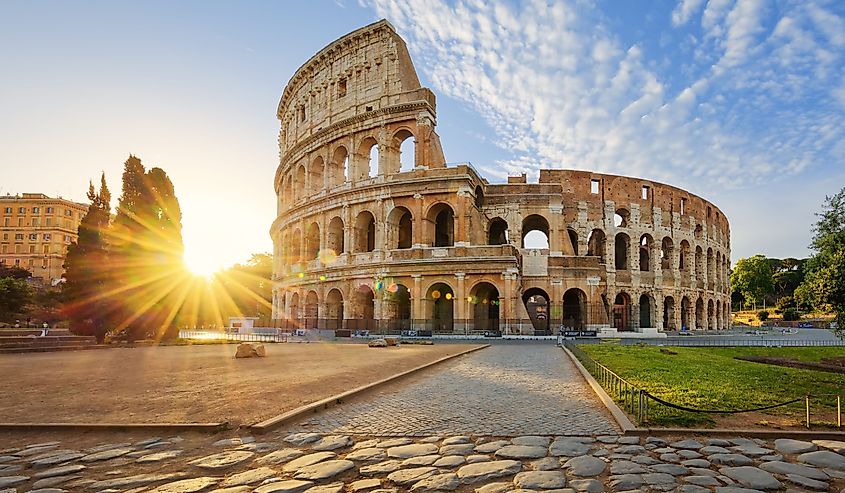
From its humble beginnings as a small town on the River Tiber, Rome would eventually grow into the greatest city the world had ever known. Arguably reaching its peak in 117 AD, Rome, and its armies would hold sway over more than a quarter of the world's population.
Rome was home to endless amounts of wonders from antiquity. The Colleseum, Pantheon, and Forum were some of the most advanced buildings not just for their time but for centuries afterward as well. The sheer amount of wealth and cultural influence that Rome held during its peak is hard to conceptualize.
Rome was the first city in human history that have a population of more than 1 million residents and it would remain that way in Europe until London did so in 1801. The urban planning and sanitation of Rome were unrivaled for its time. There was no city that better displayed its total dominance of the world better than Rome. It was truly the greatest city of the Ancient World.
Summary
Even though Rome did not find or settle all of these cities, it certainly grew and improved upon them all. The legacy of Rome is something that we can still see today all across much of Europe and the Middle East. It does not matter if you are in London or Istanbul, both cities are built on top of the genius and ingenuity of Roman architects and city planners.











